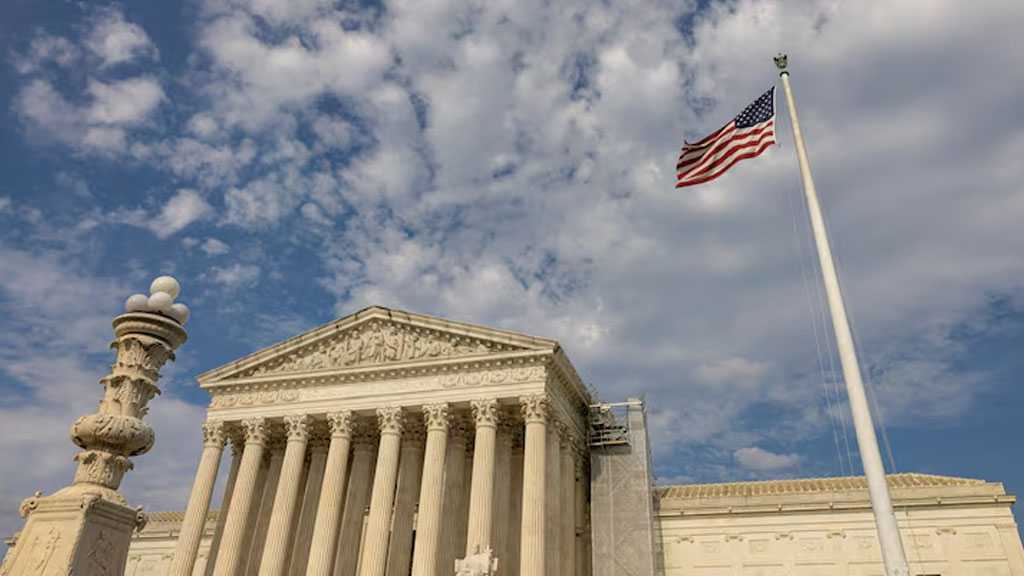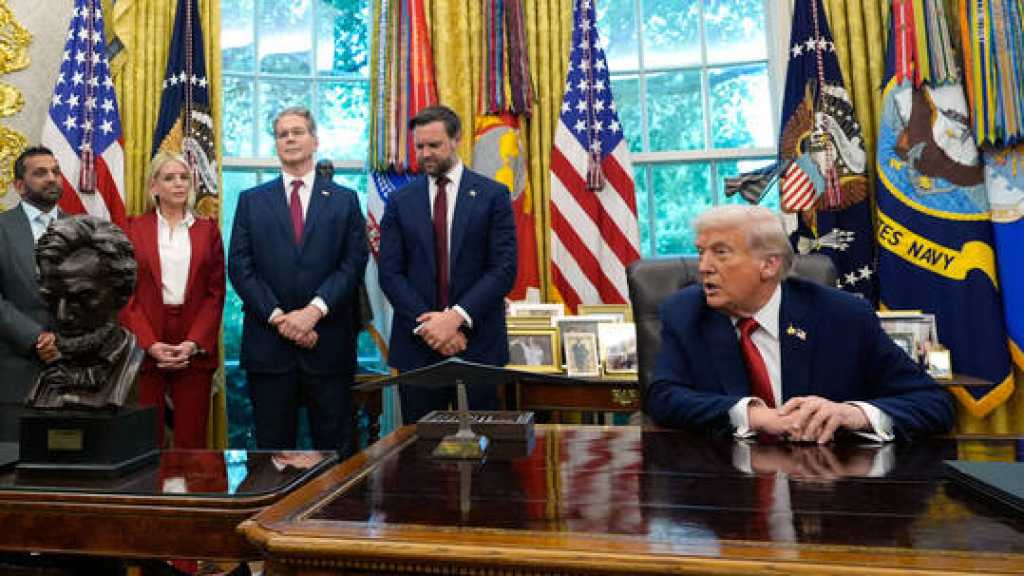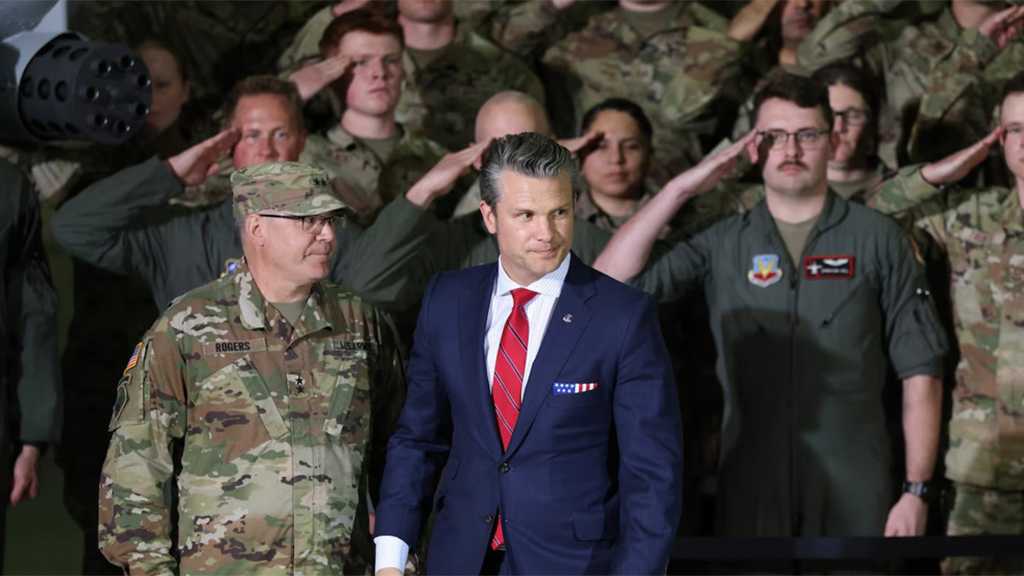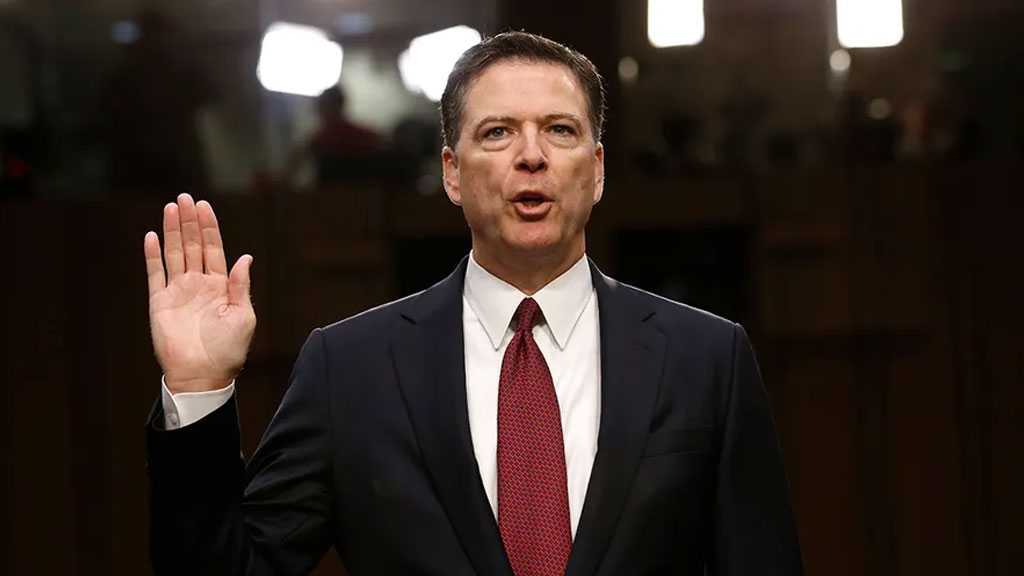Supreme Court Clears Path for Trump’s Mass Federal Layoffs, Gov’t Downsizing

By Staff, Agencies
The US Supreme Court on Tuesday gave President Donald Trump the green light to move forward with sweeping plans to slash the federal workforce and restructure multiple government agencies.
The court’s unsigned order supports Trump’s February executive directive, which called for agencies to prepare for mass layoffs. These changes could affect tens of thousands of jobs across key departments including Agriculture, Commerce, Health and Human Services, State, Treasury, and Veterans Affairs.
The decision overrules a May injunction by US District Judge Susan Illston, who argued that Trump had overstepped his authority by bypassing Congress. While the Supreme Court did not weigh in on the legality of specific agency plans, it found that the administration is "likely to succeed" in defending the executive order.
This ruling marks another major victory for Trump's broader campaign to centralize power in the executive branch. Since returning to office in January, Trump has received repeated emergency rulings in his favor, including those related to immigration and military policy.
Although the decision removes a major legal roadblock, the court emphasized that individual agency layoff plans could still be challenged. Factors such as union opposition, civil service protections, and legal restrictions may delay or alter the implementation of the cuts.
The White House welcomed the ruling as a “definitive victory” and reiterated its commitment to creating “efficiency across the federal government.” Nevertheless, anonymous officials acknowledged that the layoffs would not be immediate, citing possible delays and legal obstacles.
Among the most controversial aspects of the overhaul is Trump’s appointment of Elon Musk to lead the Department of Government Efficiency. Musk and his team have taken aggressive steps, including dismantling the US Agency for International Development and the Consumer Financial Protection Bureau, and initiating a purge of federal workers. By late April, these efforts had already resulted in 260,000 firings, resignations, or early retirements.
Despite warnings from unions, advocacy groups, and local governments that these moves threaten essential public services, polling in April showed narrow national support for the downsizing effort, with deep partisan divisions: 89% of Republicans backed it compared to just 26% of Democrats.
Liberal Justice Ketanji Brown Jackson dissented from the court’s ruling, criticizing what she described as the court's “enthusiasm” for supporting Trump’s legally questionable actions through emergency decisions. The ruling adds to a growing list of Supreme Court decisions in Trump’s favor, often issued through the so-called “shadow docket”.
As agencies prepare to resume their restructuring efforts, the long-term impact on federal governance—and on public trust in government institutions—remains uncertain.
Comments
- Related News

Trump Blocks West Bank Annexation
one month ago


